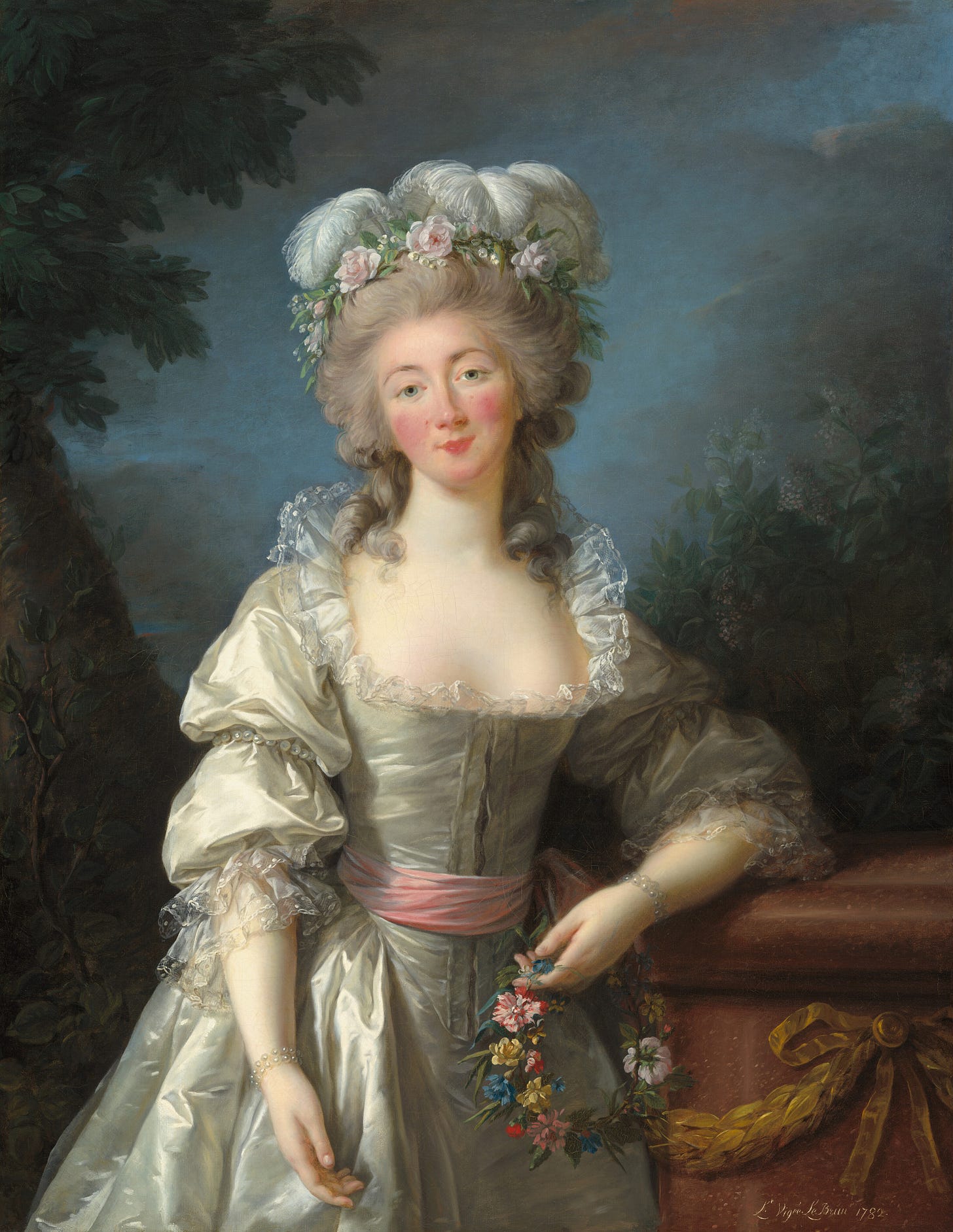Soup fit for a Comtesse
This week, I share a recipe for one of the most elegant of soups, and a slightly Spring-y market haul.

It has been an odd, lengthy, teasing transition between winter and spring, one that has been more backwards than forwards. At one moment, my heart i…
Keep reading with a 7-day free trial
Subscribe to Lickedspoon with Debora Robertson to keep reading this post and get 7 days of free access to the full post archives.



